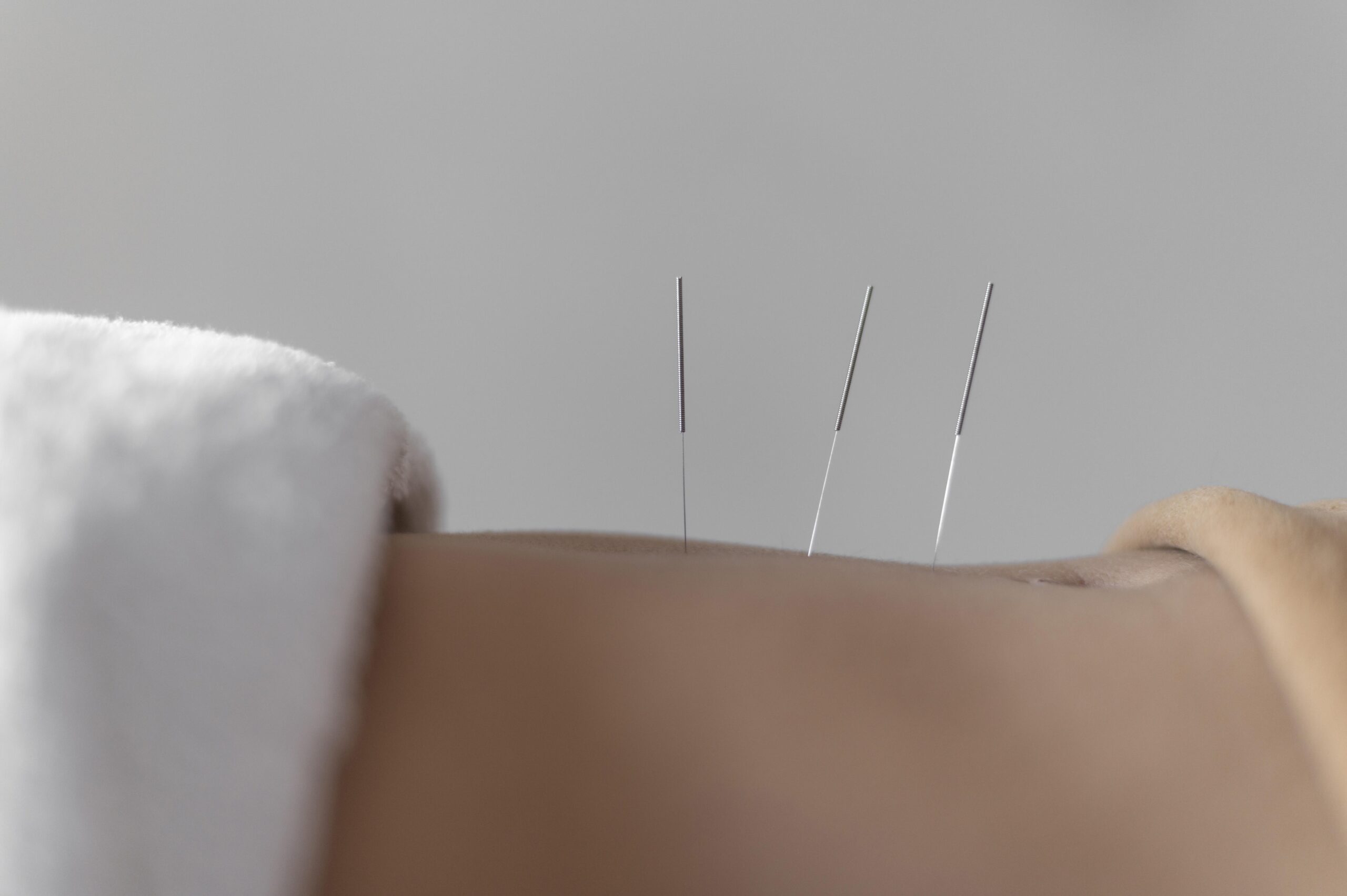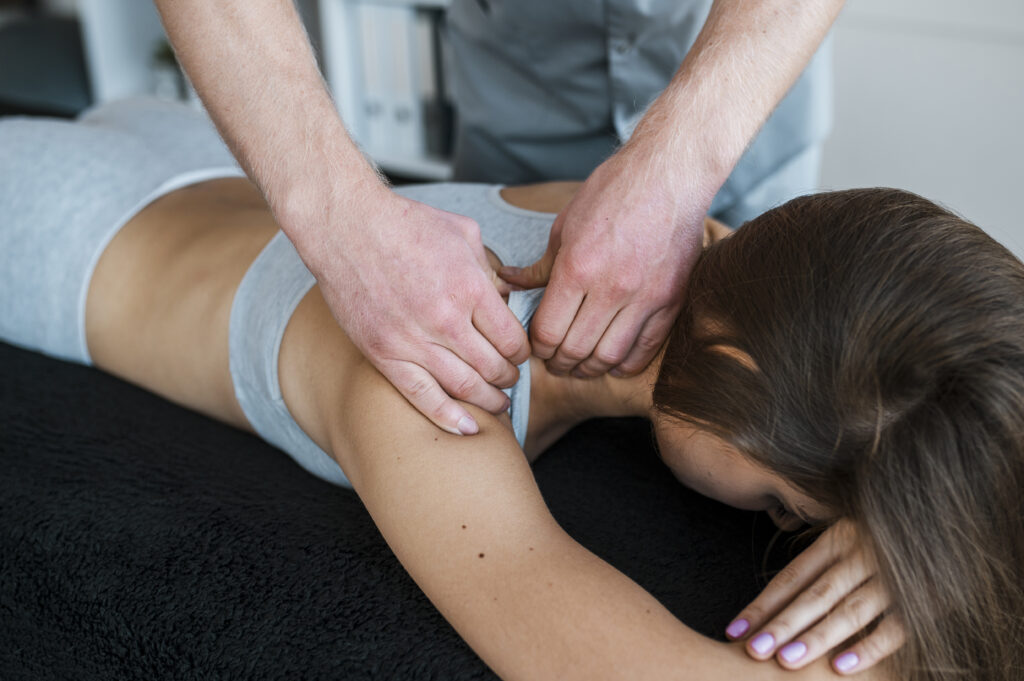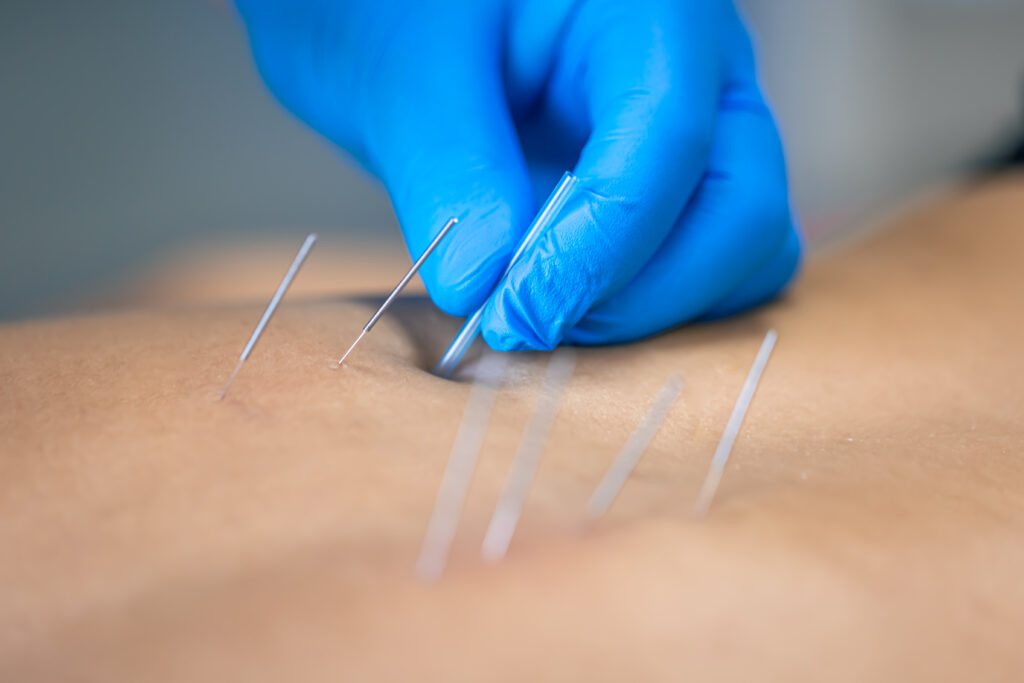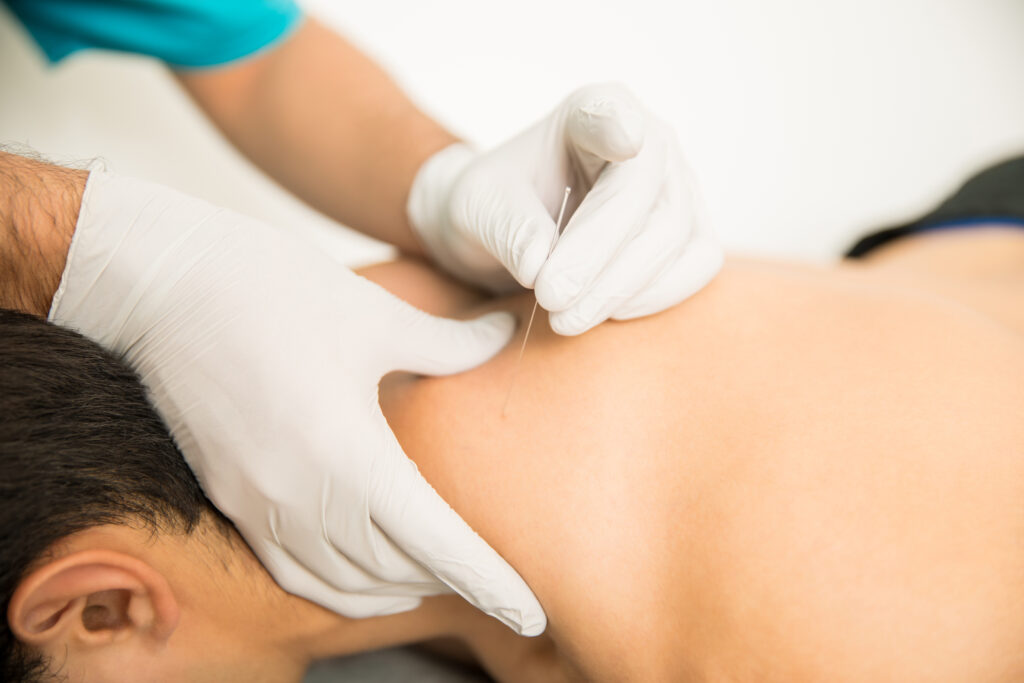Understanding Trigger Point Release: A Closer Look at Muscle Pain and Dry Needling

Muscle pain is a common issue for people living in fast-paced urban environments. Tight muscles can disrupt daily life, whether from long hours at a desk, intense workouts, or stress-related tension. For many New Yorkers looking for fast and effective relief, trigger point therapies are becoming a popular option. One of these techniques is dry needling.
Dry needling is a technique of acupuncture which involves the insertion of fine needles into the skin and focuses on trigger points, tight bands, or knots within the muscle tissue. These trigger points can cause referred pain, limit movement, and reduce function. Dry needling is often misunderstood as separate from acupuncture, but in reality, it is a specific acupuncture technique with a rich history dating back thousands of years. Trigger points or tender areas upon palpation in ancient Chinese medical texts were called “ashi” points and were actively treated as areas of stagnation that block the free flow of Qi and Blood.
What Is Dry Needling?
Dry needling is a therapeutic technique to release muscular tension and reduce pain. It is called “dry” because it uses a thin needle without injecting any substance. Practitioners target specific trigger points, often the cause of discomfort. Inserting a needle into these hyper-irritable spots stimulates a twitch response in the muscle. This reflex helps relax muscles, improve blood flow, and reduce inflammation.
The process is quick and usually well tolerated. Most patients report a mild ache or twitch during treatment, followed by a noticeable reduction in tightness. This makes dry needling especially effective for athletes, active individuals, or anyone suffering from postural strain.
Why Trigger Points Matter
Trigger points can develop for various reasons: overuse, poor posture, injury, or stress. They often feel like small, hard lumps within the muscle and can be tender to the touch. Left untreated, these points can refer pain to other areas of the body. For example, a trigger point in the shoulder may cause tension headaches or arm pain.
Trigger point therapy works by directly addressing the muscle fibers responsible for pain. Instead of masking symptoms with medication, dry needling aims to release these knots and restore normal muscle function. It’s a hands-on, evidence-informed approach that focuses on the root cause of the issue.
Who Can Benefit from Dry Needling Therapy?
Dry needling is a regulated practice that can legally only be performed by a licensed acupuncturist in New York State. Do NOT let your physical therapist, chiropractor, massage therapist or other professional perform dry needling without a proper acupuncture license. This requirement ensures a high standard of care as licensed acupuncturists undergo extensive education and clinical training of nearly four years. Your health and safety are paramount, and ensuring proper qualifications and expertise can make a significant difference in the effectiveness and safety of your treatment. Dry needling from an acupuncturist trained in modern musculoskeletal techniques can benefit individuals with:
- Chronic neck, shoulder, or lower back pain
- Sports injuries or muscle strains
- Tension headaches or migraines
- Limited range of motion
- Repetitive strain injuries (e.g., carpal tunnel, tennis elbow)
If you live or work in Manhattan and are dealing with ongoing muscle discomfort, booking a session for dry needling therapy NYC may provide the targeted relief you’re looking for. This technique is beneficial for people who want a non-pharmaceutical approach to managing pain and improving performance.
Dry Needling vs. Acupuncture: What’s the Difference?
Dry needling is a specific technique of acupuncture which targets specific muscle dysfunctions and mechanical pain patterns. While acupuncture in general can treat broader health imbalances, dry needling zeroes in on musculoskeletal issues with a direct approach.
That said, many practitioners integrate both techniques to offer comprehensive care. At Grand Madison Acupuncture, treatments can be customized based on clients’ symptoms and lifestyle.
What to Expect During a Session?
A typical session begins with a short consultation to understand the client’s symptoms and medical history. The practitioner assesses posture, movement, and areas of tightness before inserting needles into the trigger points. You might feel a brief muscle twitch or a dull ache, followed by a sensation of release.
After the session, some muscle soreness may occur, similar to what you’d feel after a deep tissue massage. This usually resolves within 24 to 48 hours. Many patients report better mobility, less pain, and improved performance after just a few sessions.
Consistency matters. Depending on your condition, you may benefit from weekly treatments over a few weeks, followed by maintenance sessions as needed. Your practitioner will create a personalized plan that fits your goals and schedule.
Why Dry Needling is Popular in Cities Like New York
City life can be tough on the body. Long commutes, sedentary work, and high stress often contribute to chronic tension and poor posture. For people who want effective pain relief without medication, dry needling therapy NYC is a practical solution.
Clinics that provide this service typically cater to professionals, athletes, and anyone looking to improve mobility and reduce discomfort. The convenience of being treated in a central location makes it easier to stay consistent with appointments.
Final Thoughts
Dry needling is a precise, results-driven technique that directly addresses muscle pain at its source. It focuses on trigger point release, muscle relaxation, and mobility improvement. As more people seek effective, drug-free therapies, dry needling becomes a go-to treatment in wellness-focused clinics across New York City.
Anyone looking for targeted care that works with their schedule should consider booking a session with a specialist in dry needling therapy NYC. It’s a smart, science-backed way to manage pain and restore your body’s full potential.



